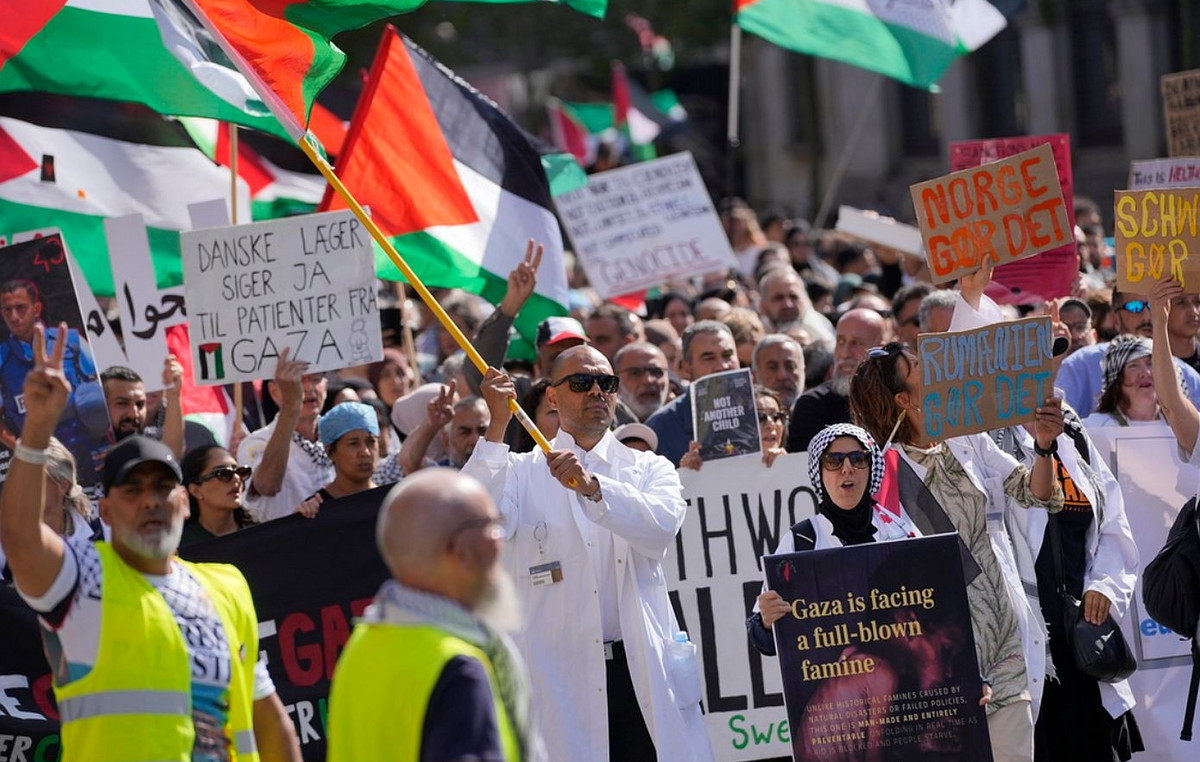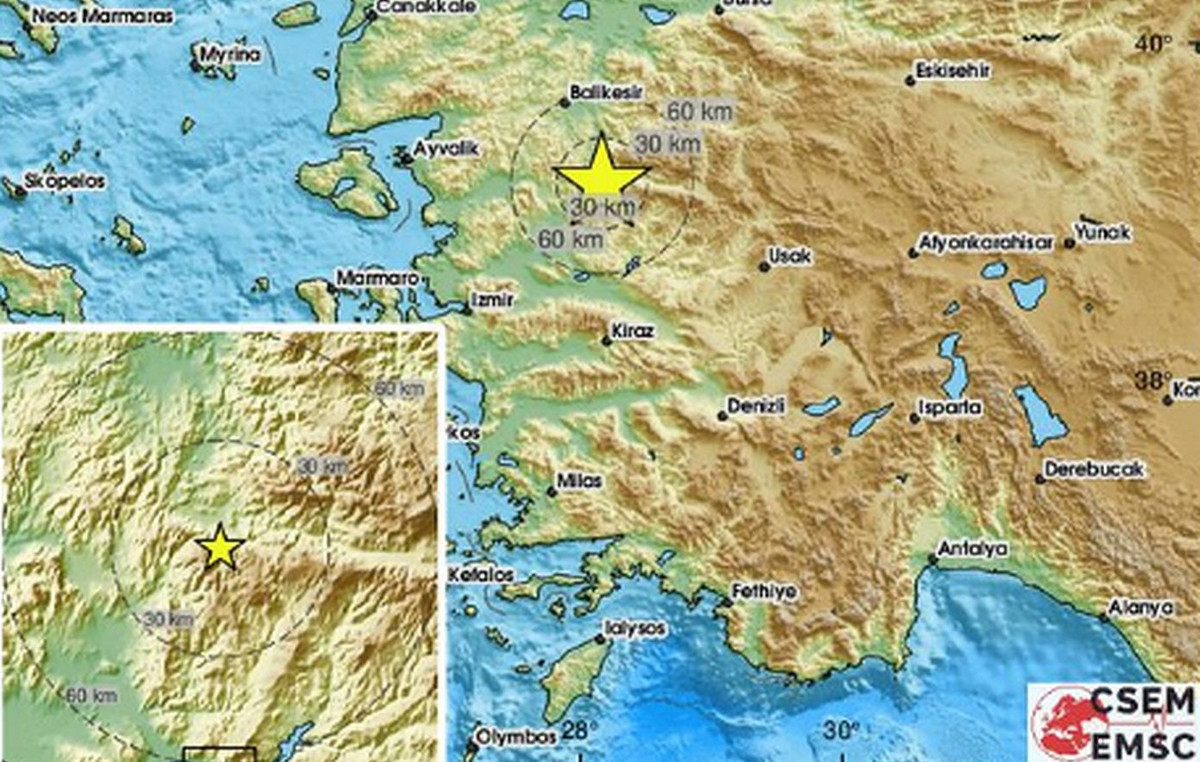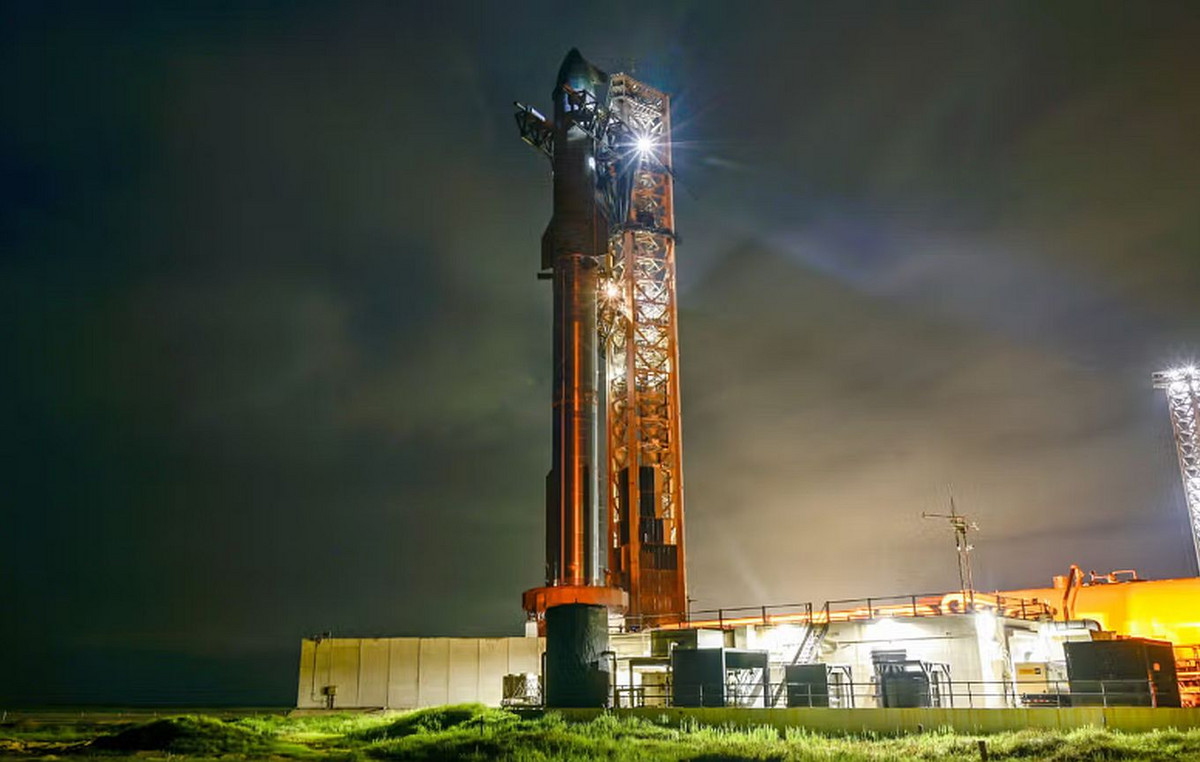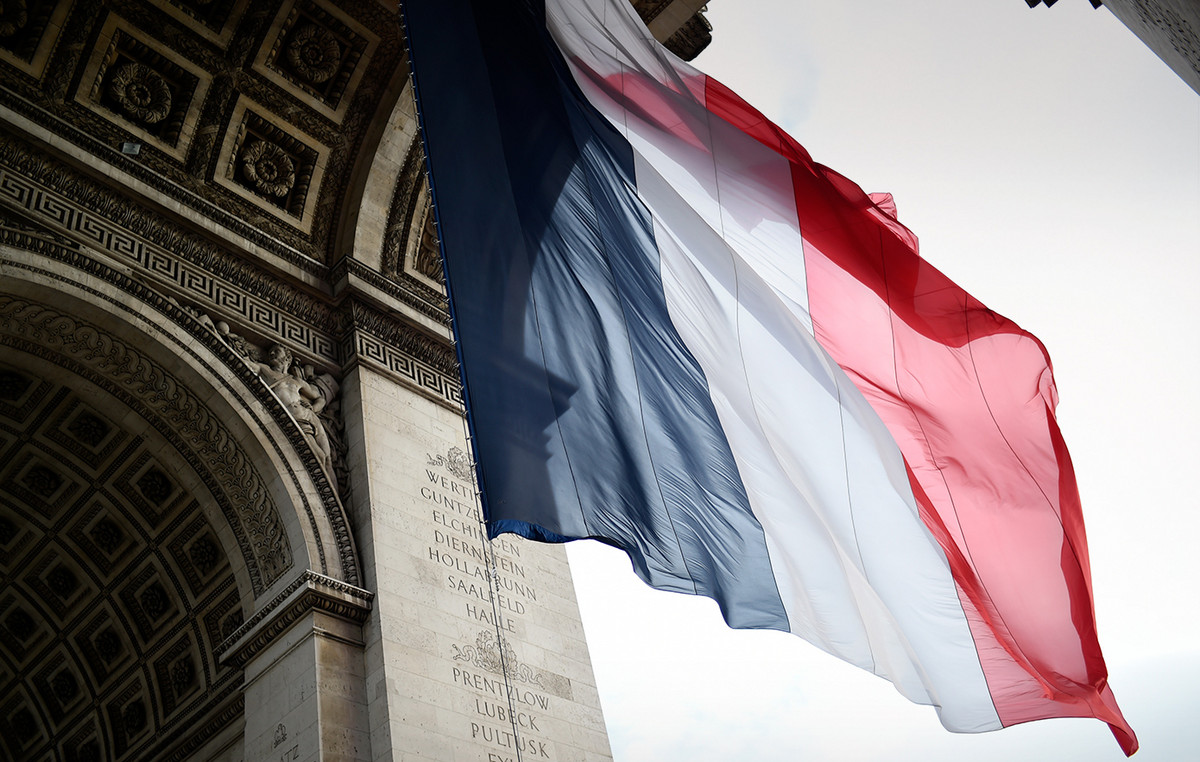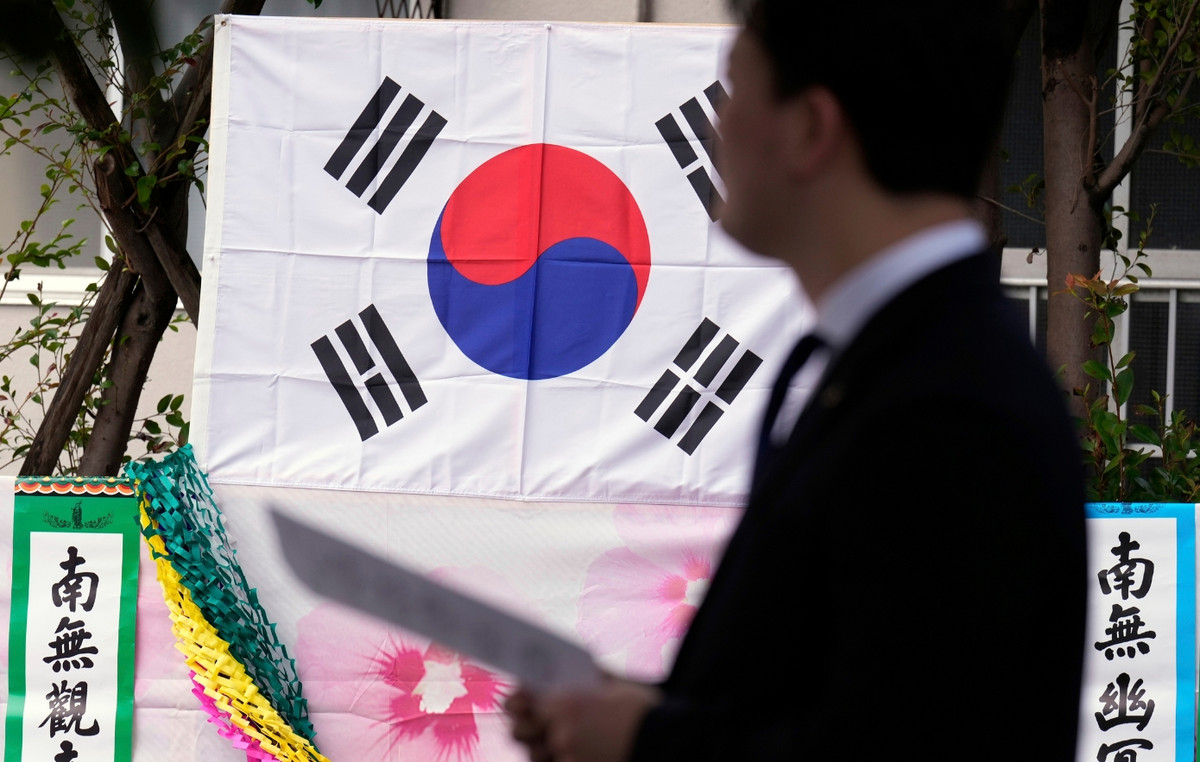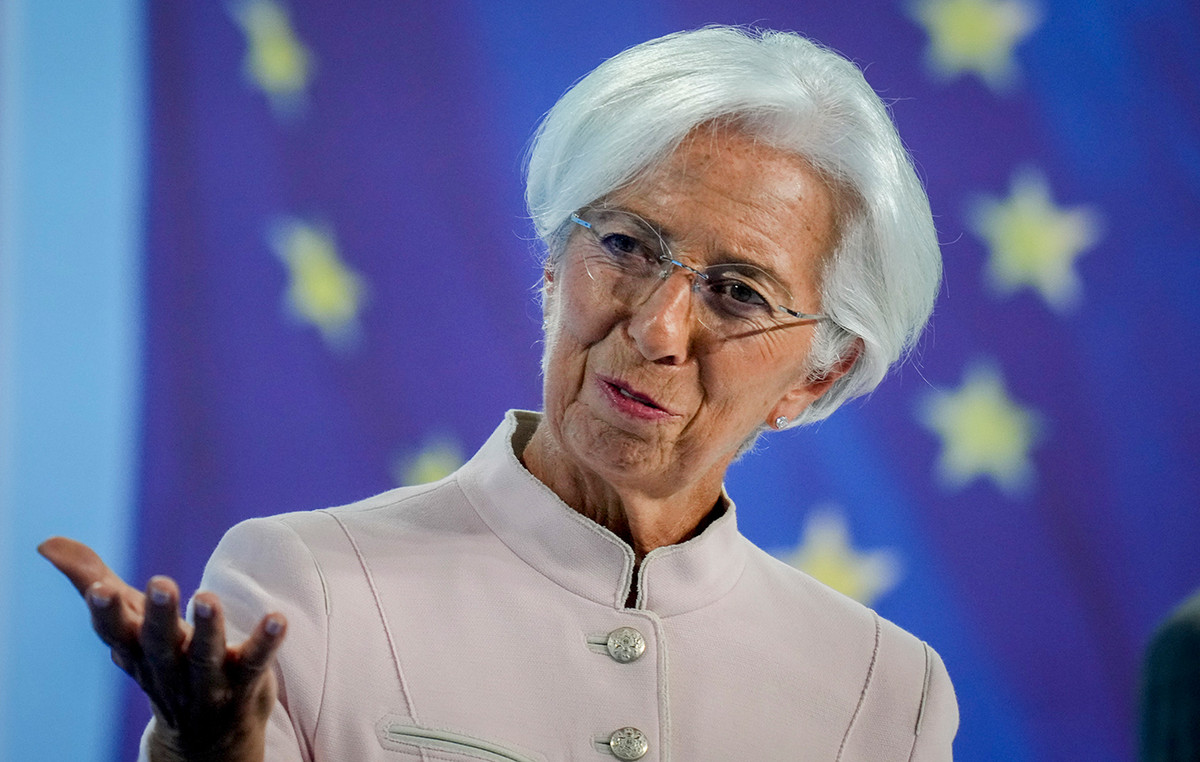Russia has continued to expand its military bases in the Arctic region despite significant losses in the war against Ukraine, according to a new series of satellite images obtained by CNN 🇧🇷
NATO Secretary General Jens Stoltenberg also said in an exclusive interview with CNN on Friday (16) that there is “a significant Russian military build-up in the far north”, with recent tensions causing the alliance to “double down its presence” in response.
The findings also come amid a statement by a senior Western intelligence official to the CNN that Russia has withdrawn as many as three-quarters of its ground forces from the Far North region near the Arctic, sending them to bolster its faltering invasion of its neighbor Ukraine.
Satellite images from Maxar Technologies show a number of Russian radar bases and runways undergoing improvements over the past year.
The images do not show a dramatic development, but rather the continued progress of fortifying and expanding an area that analysts say is vitally important to Russia’s defensive strategy at a time of great pressure on Moscow’s resources.
According to Maxar, the images demonstrate ongoing work at radar stations in Olenegorsk, on the Kola Peninsula in northwest Russia, and in Vorkuta, north of the Arctic Circle.
They also appear to show work underway to complete one of five Rezonans-N radar systems at Ostrovnoy, a site located in the Barents Sea near Norway and Finland in western Russia.
The Rezonans-N are claimed by Russian authorities to be capable of detecting stealth aircraft and objects.
Three new radomes, the weatherproof enclosures used to protect radar antennas, were completed this year at the Tiksi air defense site in the far northeast, according to Maxar’s images and analysis.
There are also improvements to a runway and parking lot at Nagurskoye air base – Russia’s northernmost military installation – and improvements to the runway at ‘Temp’ air base on the island of Kotelny in the north-east of the country.
Russia has been bolstering its defenses in the far north for years, refurbishing a number of former Soviet bases with modern designs and equipment.
Its Arctic region has been critical to its oil and gas sector, but also to its nuclear defences, with a significant proportion of its sophisticated nuclear weaponry and undersea facilities in this area.
“That deterrent has always been ready,” said a senior Western intelligence official. “It’s never low readiness; it’s high status all the time,” the employee said.
At the start of the war with Ukraine in February, some submarines were redeployed to signal “this is a real capability”, the official added, but they soon returned to standard readiness.
NATO chief Stoltenberg argued: “The shortest path from Russia to North America is over the Arctic North Pole. Therefore, the strategic importance of these areas has not changed due to the war in Ukraine.”
“We see Russia reopening former Soviet bases, military sites,” he said, noting that it is also “testing new weapons in the Arctic and the north.”
The war in Ukraine has led to a major adjustment in Russian troop strengths in the region, the senior Western intelligence official said. “They are down to somewhere between 20 and 25% of their original ground forces up there. So the naval component is totally untouched by the war,” they noted.
Following attacks earlier this month on two key Russian airfields in Ryazan and Saratov, Russian military jets and bombers were dispersed across the country and into the northern Arctic, the official added. Moscow blamed Ukraine for the attacks, while Kiev had no comment on the explosions at Russian bases.
The Arctic is also vital for Russia because the melting ice is rapidly opening up new sea routes from Southeast Asia to Europe, using a much shorter path along the Russian coast.
The Northern Sea Route could cut current travel time through the Suez Canal by about two weeks. Russian state TV was amused by the launch of several atomic-powered icebreakers designed to increase Russian influence and power in the region.
Critics say Moscow is trying to exert outsized control over a route that should be equally accessible to all nations.
Speaking via videolink at the launch of a new nuclear-powered icebreaker in St Petersburg last month (22 November), Russian President Vladimir Putin said that the development of the “most important” Northern Sea Route “will allow for Russia to fully reveal its export potential and establish effective logistical routes, including to Southeast Asia”.
Simultaneously, the war in Ukraine increased NATO’s presence in the region. Once Finland and Sweden join the bloc, as is widely expected, seven of the eight Arctic states will be NATO members.
The alliance also increased its military influence in the region. In August, Norway released the first images of North American B52 bombers flying over its territory escorted by Norwegian F35 jets and 2 Swedish JAS Gripen.
Increased NATO signaling included a recent test of the new weapon system, the Rapid Dragon Palletized Munition Deployment, involving a complex drop by US special forces of a normal supply pallet from the back of a C130 cargo vessel.
Source: CNN Brasil
Bruce Belcher is a seasoned author with over 5 years of experience in world news. He writes for online news websites and provides in-depth analysis on the world stock market. Bruce is known for his insightful perspectives and commitment to keeping the public informed.

